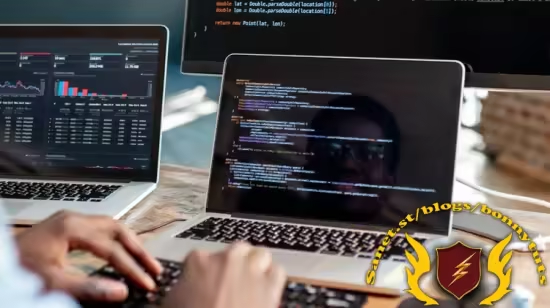
Published 10/2025
Created by Felicia Williams
MP4 | Video: h264, 1280×720 | Audio: AAC, 44.1 KHz, 2 Ch
Level: Beginner | Genre: eLearning | Language: English | Duration: 39 Lectures ( 4h 8m ) | Size: 1.65 GB
Master the fundamentals of Python for Decision Science Applied Classification with Machine Learning
What you’ll learn
Master Python Fundamentals – Learners will build a solid foundation in Python programming, including variables, data types, loops, functions, & OOP.
Work Confidently with NumPy and Pandas – Students will learn how to clean, filter, and analyze structured data
Perform Real-World Data Analysis – Students will learn how to load datasets, explore patterns, handle missing values, and generate meaningful insights
Build and Evaluate Basic Machine Learning Models – Students will apply their skills to train simple machine learning models using scikit-learn.
Requirements
No programming experience needed. You will learn everything you need to know.
Description
This hands-on course guides students from the ground up—starting with Python programming fundamentals and building toward applied machine learning for classification tasks. Designed for beginners and aspiring data scientists, the course blends clarity, rigor, and real-world relevance to ensure students gain both technical skills and practical insight.Students begin by mastering Python essentials, then transition into working with real datasets from the U.S. Census Bureau, performing exploratory data analysis (EDA), feature engineering, and statistical testing. From there, the course introduces core classification models—Logistic Regression, Random Forest, and XGBoost—alongside evaluation techniques like confusion matrices, ROC curves, and AUC scores.Learners build scikit-learn pipelines to prevent data leakage, apply K-Fold cross-validation, and use GridSearchCV for hyperparameter tuning. The course wraps with model comparison, feature importance analysis, and pickling the best model for future use in production or further experimentation.Along the way, students are introduced to tools like Visual Studio Code, and gain insight into when to use .py vs .ipynb files and how to choose the right platform for their workflow depending on their goals.By the end of the course, students will be equipped to write clean Python code, build and evaluate classification models, and make data-driven decisions with confidence across a variety of data science contexts.
Password/解压密码www.tbtos.com